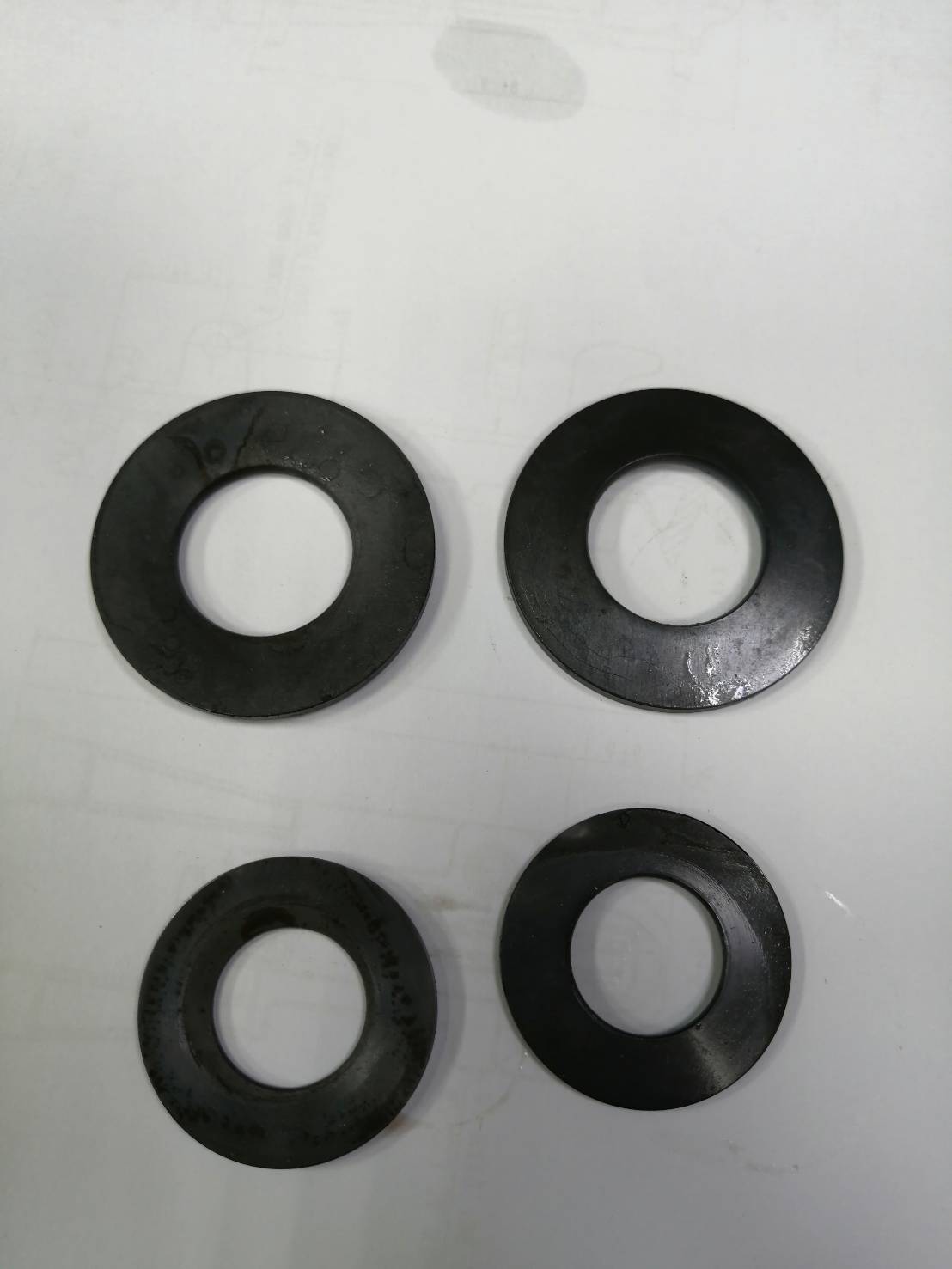Heat treatment
Heat treatment is a process of controlled heating or cooling of materials, commonly used for metals and alloys. It offers the following advantages:
-
Improved hardness and strength: Heat treatment can alter the material's crystal structure and phase transformation, thereby improving its hardness and strength. For example, metals that undergo heat treatment can achieve higher hardness, enhancing their wear resistance and deformation resistance.
-
Enhanced corrosion resistance: Certain heat treatment methods, such as nitriding and carbonitriding, can form nitrides or carbonitrides on the material's surface, enhancing its corrosion resistance. This can extend the material's lifespan, particularly in harsh environmental conditions.
-
Improved fatigue resistance: Heat treatment can reduce stress concentration and microstructural defects in materials, thereby improving their fatigue resistance. This is particularly important for components and parts subjected to repetitive loading and vibrations, such as engine components, mechanical parts, and aircraft structures.
-
Improved machinability: Heat treatment can alter the material's hardness and ductility, thereby improving its machinability. For example, annealing processes can make the material softer and easier to machine, while quenching processes can increase its hardness and wear resistance, albeit with increased brittleness.
-
Adjusted material properties: Heat treatment allows for the control of material properties by adjusting treatment parameters such as temperature, time, and cooling rate. This enables customization of material characteristics based on application requirements, such as achieving specific hardness, strength, elastic modulus, and dimensional stability.
It is important to note that heat treatment processes require specialized knowledge and strict control to ensure consistency and desirable outcomes. Different materials and applications require appropriate heat treatment methods and parameters, while adhering to relevant safety and environmental requirements.
Translation:
熱處理 (Rè chǔ lǐ) - Heat treatment
改善材料的硬度和強度 (Gǎi shàn cái liào de yìng dù hé qiáng dù) - Improved hardness and strength of materials
提高材料的耐腐蝕性 (Tí gāo cái liào de nài fǔ shí xìng) - Enhanced corrosion resistance of materials
改善材料的耐疲勞性 (Gǎi shàn cái liào de nài pí xìng) - Improved fatigue resistance of materials
改善材料的加工性能 (Gǎi shàn cái liào de jiā gōng xìng néng) - Improved machinability of materials
調整材料的性能 (Tiáo zhěng cái liào de xìng néng) - Adjusted material properties
定期維護 (Dìng qī wéi hù) - Regular maintenance
外觀持久 (Wài guān chí jiǔ) - Long-lasting appearance
